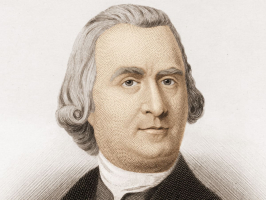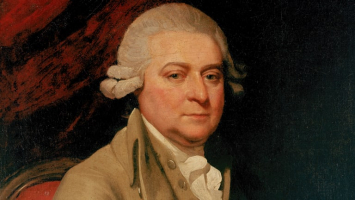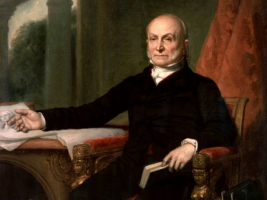Top 10 Interesting Facts about Abigail Adams
Abigail Adams (1797–1801) is the wife of John Adams, second president of the United States, and mother of John Quincy Adams, sixth president of the United ... read more...States. She was an active letter writer whose letters provide a personal and vivid account of life in the fledgling republic. Although the term "second first lady of the United States" was not in use at the time, she is occasionally regarded as having been a founder of the country. She and Barbara Bush are the only two women to have been both the mother of another American president and married to one. There are ten most interesting facts about Abigail Adams you should not miss below!
-
Abigail Adams was born on November 11, 1744, according to numerous biographies. This is both true and false. Elizabeth and Congregationalist preacher Reverend William Smith welcomed their daughter into the world in Weymouth, Massachusetts when John Adams was nine years old. The Julian calendar was still in use at the time among British subjects in America. It was first used by Julius Caesar in 46 BCE, and it was standardized in all of Europe for more than 15 centuries. Unfortunately, his calendar was 11 minutes a year out of phase with the rotation of the planet. This might not appear to be a significant deal, but over time it did: The calendar was 10 days off track by 1582.
To solve this developing issue, Pope Gregory XIII unveiled a new calendar in 1582. Ten days of October were completely skipped at his instruction (October 4 was immediately followed by October 15), and steps were taken to reduce the frequency of leap years. The Gregorian calendar is still in use today.
However, Britain and her colonies didn't convert until 1752, while Catholic nations did so more or less immediately. The Julian calendar was then 11 days behind its original pace. Abigail Adams was therefore born on November 11, 1744, according this antiquated standard. While she was born on November 22, according to the Gregorian calendar is used now.
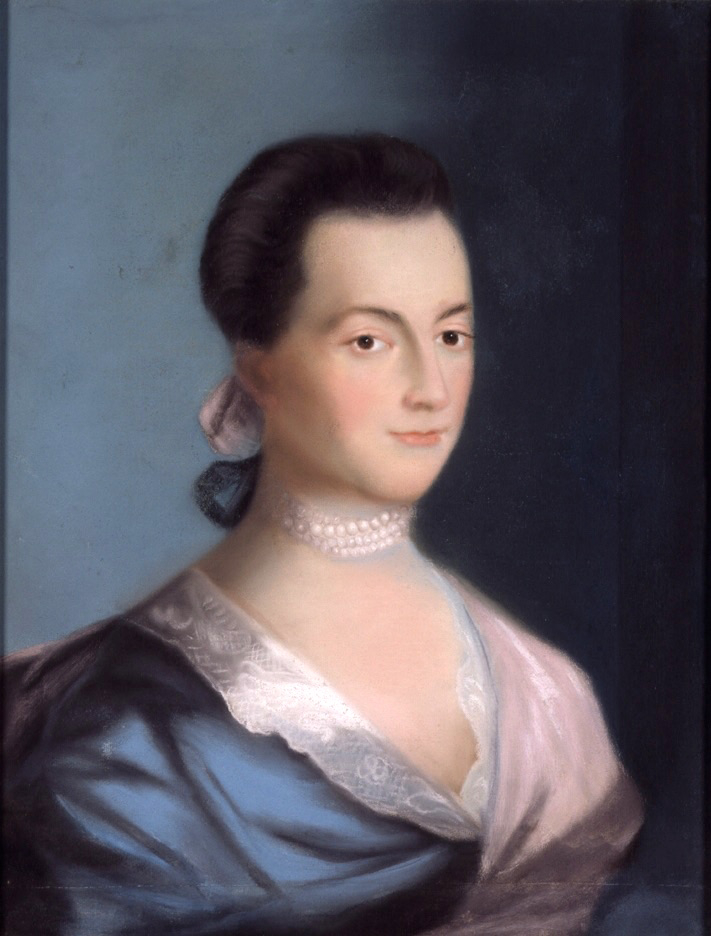
Photo: https://en.wikipedia.org/ 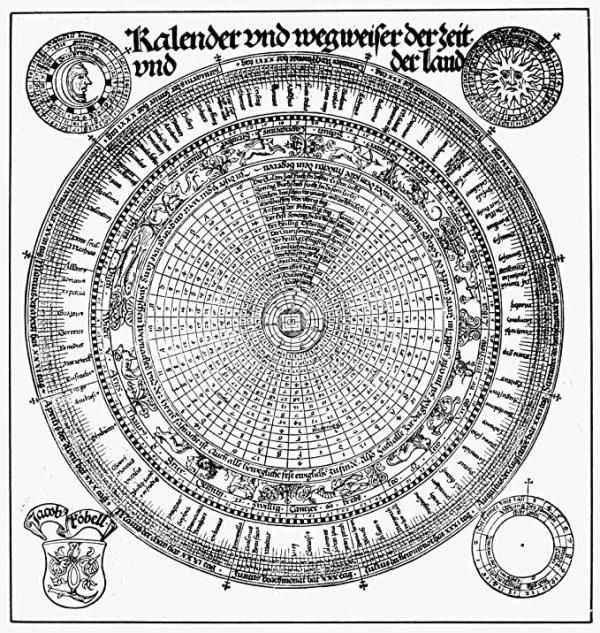
Gregorian calendar - Photo: https://paradelle.wordpress.com/ -
Abigail was the second of four children born to Congregational clergyman William Smith and Elizabeth Quincy Smith. Abigail and her sisters were educated at home in the 18th century, like the majority of females in New England (most likely by their mother). She read extensively in her father's extensive library at the Smith home. Influenced by the constant stream of fascinating, intelligent, and educated visitors to the Smith household, she become to a learned, witty young woman. At the Smith home, reading materials included Shakespeare, the Bible, and local newspapers. She said Richard Cranch, her brother-in-law, had introduced her to excellent literature. Abigail would eventually develop into a fantastic writer and passionate reader.
However, because individuals of her sex were not permitted to receive a formal education, Abigail's numerous letters were frequently plagued with such typos as "perticular," "benifit," and "litirary." Although standardized spelling was still relatively new in the Colonies, Abigail was especially self-conscious about it. She even ended one of her letters with the phrase "You will excuse this extremely erroneous Letter." This is one of the most interesting facts about Abigail Adams.
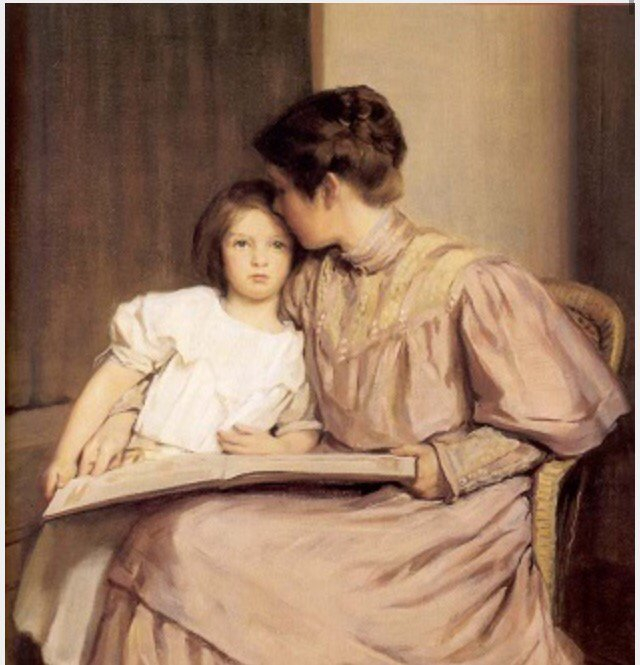
Photo: https://twitter.com/ 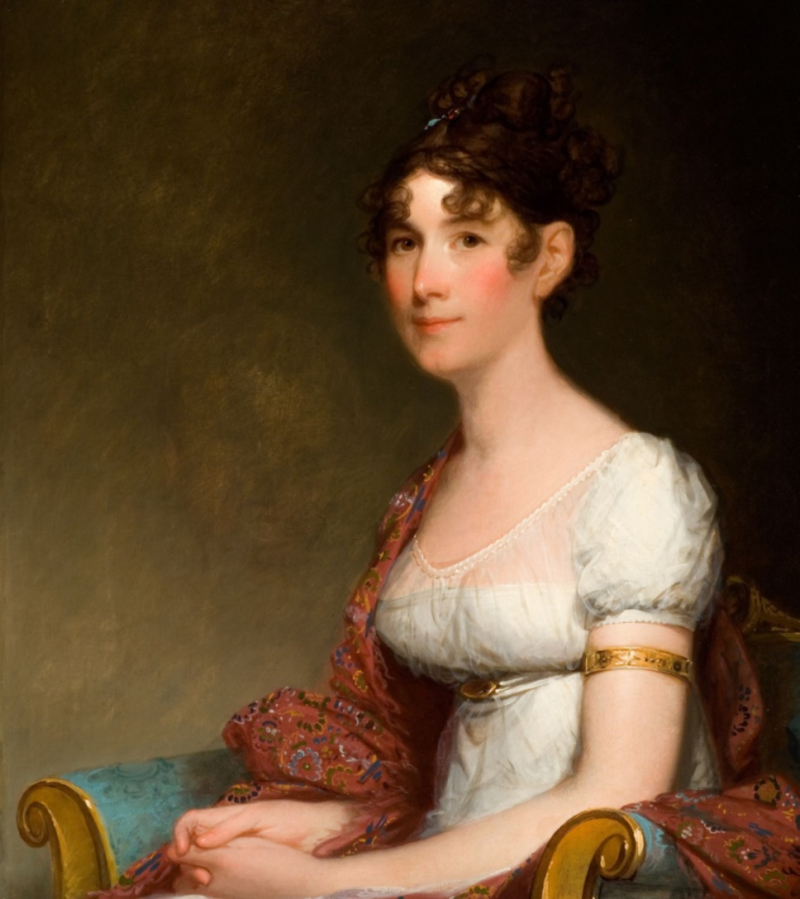
Photo: https://twonerdyhistorygirls.blogspot.com/ -
Their letters provide a personal glimpse into early American life—as well as a genuinely amazing marriage. Before the war, John frequently traveled to Boston for business. He spent the majority of the Revolution in Philadelphia working as a representative in the Continental Congress. Later, he would travel to Europe on diplomatic business, and when president, he would spend extended periods away from his loving wife.
John and Abigail diligently kept up their correspondence throughout. Their conversation includes firsthand tales of the independence referendum, Washington's inauguration, and many other events that shaped their fledgling country. Even some letters are dripping with romanticism. In 1782, Abigail wrote, "I look back to the early days of our acquaintance; and Friendship, as to the days of Love and Innocence; and with an indescribable pleasure I have seen close to a score of years roll over our Heads, with an affection heightened and improved by time—nor have the gloomy years of absence in the slightest degree effaced the Image of the dear untitled man to whom I gave my heart."
Historians have deduced from these letters that Abigail had a substantial impact on her husband's career, particularly in managing the family farm and his commercial dealings, including the Adamses' grandson Charles Francis Adams. She saved the Adams family from the financial disaster that some other early presidents, like Thomas Jefferson, experienced after leaving office.
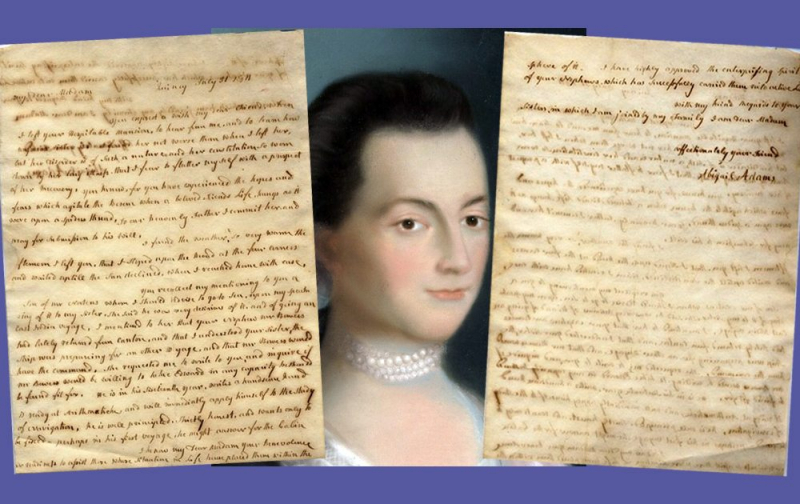
Photo: https://wallbuilders.com/ 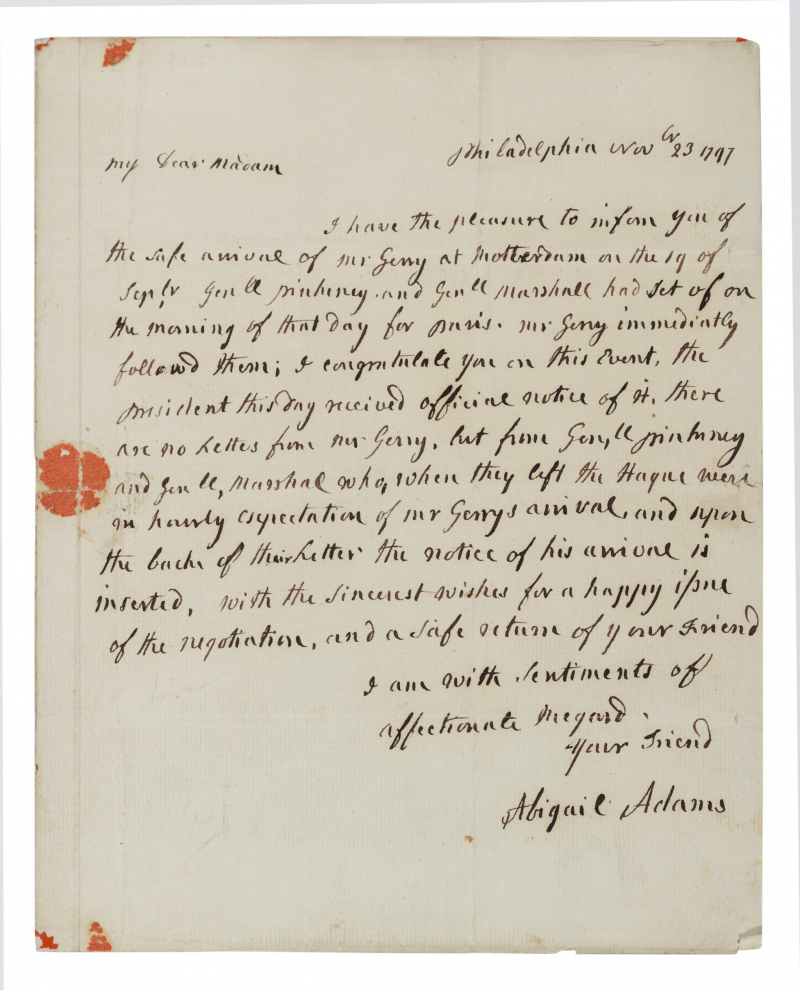
Photo: https://www.sothebys.com/ -
Abigail enthusiastically backed the cause of freedom as the spirit of revolt spread throughout the colonies. She urged her husband to "remember the ladies and be more generous and favorable to them than your ancestors" when they came together in March 1776 to draft a statement of ideas that would soon be ratified by the Continental Congress as the Declaration of Independence. Keep the spouses' power from being so unrestricted. "Remember, if they had the power, all men would rule with tyranny. We are prepared to incite a rebellion if the ladies are not given special care and attention, and we will not be held accountable for any legislation over which we have no control."
Although this letter has frequently been quoted as proof of her ardent support for women's rights, which is accurate, she did not advocate for the right of women to vote, a position that was essentially unheard of at the time. However, she firmly believed that women should have the right to an education. In a letter to her husband in 1778, she stated that "you need not be informed how greatly female education is neglected, nor how fashionable it has been to mock female learning."
Her husband's remark was joking in a way. He responded, "As for your remarkable code of laws, I cannot help but laugh. Soon later, the issue was forgotten. Abigail didn't give up though—she would subsequently advocate for women's education and property rights.
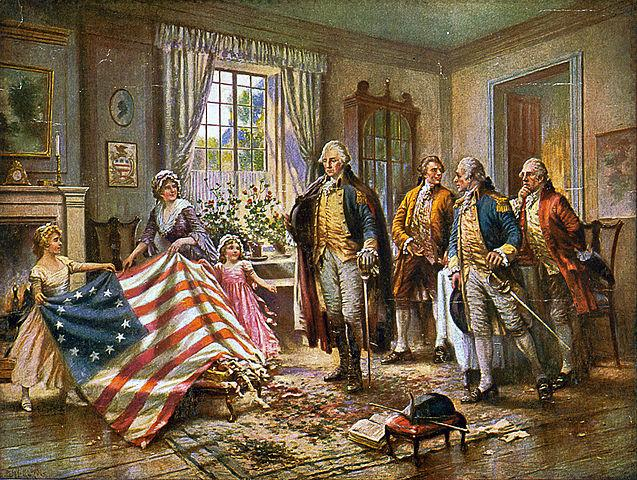
Photo: https://www.battlefields.org/ 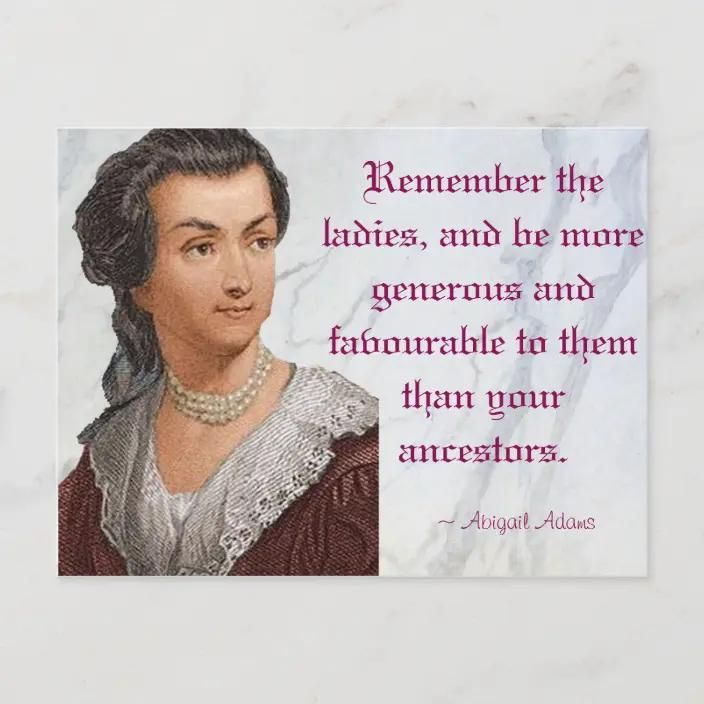
Photo: https://www.zazzle.com/ -
The men who would become America's second and third presidents started as diplomats in Paris during the summer of 1784, and their friendship flourished there. Abigail traveled across the Atlantic because she was sick of writing to her husband from afar.
Jefferson and Mrs. Adams initially became friends through their mutual interest in gardens and songbirds. Abigail and her new acquaintance unwillingly broke up when John was appointed Ambassador to the Court of St. James in London ("I shall regret the loss of Mr. Jeffersons Society," she wrote). They started sharing rumors and even occasionally sending each other gifts as they became worldwide pen buddies. She was, in Jefferson's words, "one of the most estimable personalities on earth," as he once revealed to James Madison.
Sadly, their friendship deteriorated after Mr. Adams suffered a crushing election setback at the hands of Jefferson in 1800. Abigail sent a thoughtful note of sympathy when the new President's daughter, Polly, passed away at age 25 four years later. The letter moved Jefferson and impressed him as well. She even ended it with the wishes "of her who formerly took pleasure in proclaiming herself your friend," he noted, "carefully avoiding a single [word] of friendship towards myself."
Their relationship didn't warm up until 1811 when Jefferson and her husband started communicating again. The Sage of Monticello and Abigail would then pick up their letter-writing again.
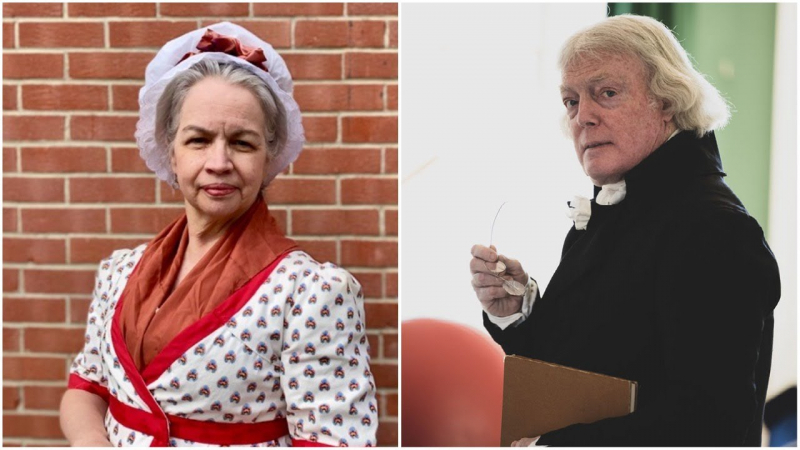
Photo: https://www.youtube.com/ 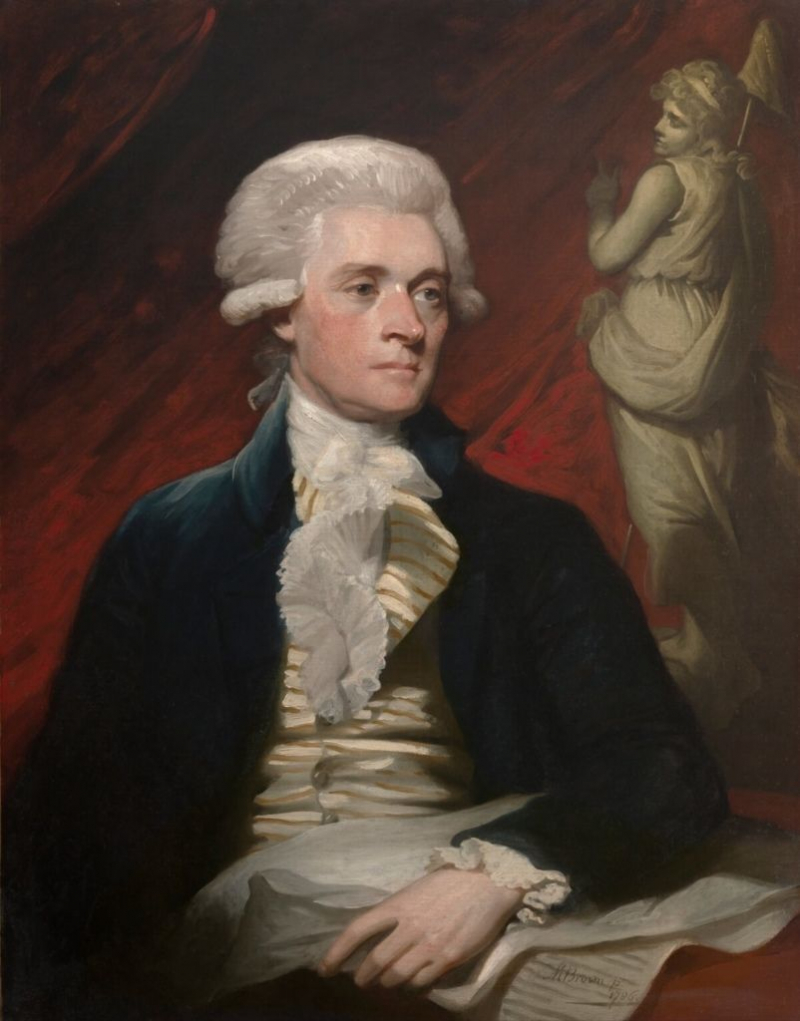
Thomas Jefferson - Photo: https://www.epochtimesviet.com/ -
When her husband started working as the American minister to Britain in 1784, Abigail traveled to Europe to join him. She writes about British aristocracy, French customs, and the superiority of the tranquil life of an American farmer in her letters from Paris and London. Early in 1788, she stated that she greatly preferred her "own little farm" to "the court of Saint James's where I seldom meet with people so inoffensive as my Hens and chickings." When John became vice president in 1789, Abigail split her time between the nation's capital (first New York City, then, in 1790, Philadelphia) and the family residence in Massachusetts. Later that year, the Adamses moved back to the country.
To tend to his ailing mother, she missed her husband's inauguration as president in March 1797. Throughout his term, she frequently stayed in Massachusetts to handle family concerns. Abigail was kept away from Philadelphia, the nation's capital at the time, by a particularly harsh New England winter, much to the dismay of the new Chief Executive. He wrote to her, "The times are urgent and hazardous, and I must have you here to help me." That April, she moved in with him in the City of Brotherly Love.
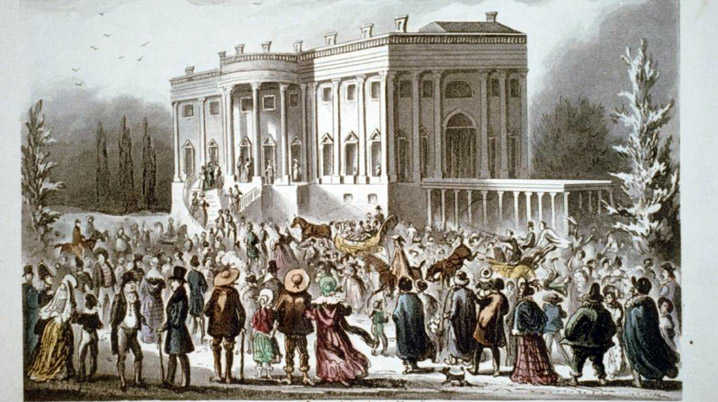
Photo: https://historicipswich.org/ 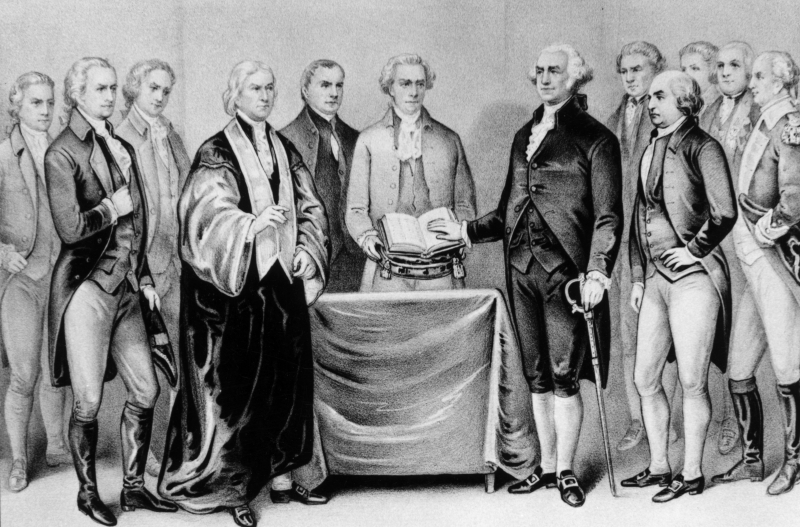
Photo: https://www.thoughtco.com/ -
She had a demanding daily schedule as a first lady, rising at 5:00 AM to handle a hectic home and take calls for two hours each day. Abigail got involved in the most fascinating political debates of the day, in contrast to Martha Washington, who had been a gracious hostess but avoided any conversation about politics. She identified the supporters and enemies of her husband in each of the two major political factions, the Federalists and the Anti-Federalists (eventually the Jeffersonian Republicans), as they evolved into political parties in the 1790s. And this is also considered one of the most interesting facts about Abigail Adams.
She said of Alexander Hamilton that she saw in his eyes "the real devil...lasciviousness itself," and that he was a key Federalist along with John Adams. She characterized her husband's Republican opponent Albert Gallatin as "sly, artful...insidious." Gallatin wrote, "She is Mrs. President not of the United States but a faction. Her adversaries complained that the wife of the president should not intrude herself in political talks." It is improper.
The Treasury Secretary of George Washington had a talent for forming alliances with strong opponents like Aaron Burr, James Monroe, and Thomas Jefferson. John Adams also described Hamilton as a "bastard brat of a Scotch peddler" at one point. They continued to adore each other. Hamilton published a harsh pamphlet on our second commander in chief in 1800 that amounted to full-fledged character assassination. Hamilton's scathing remarks ultimately contributed to Adams' failure to win reelection.
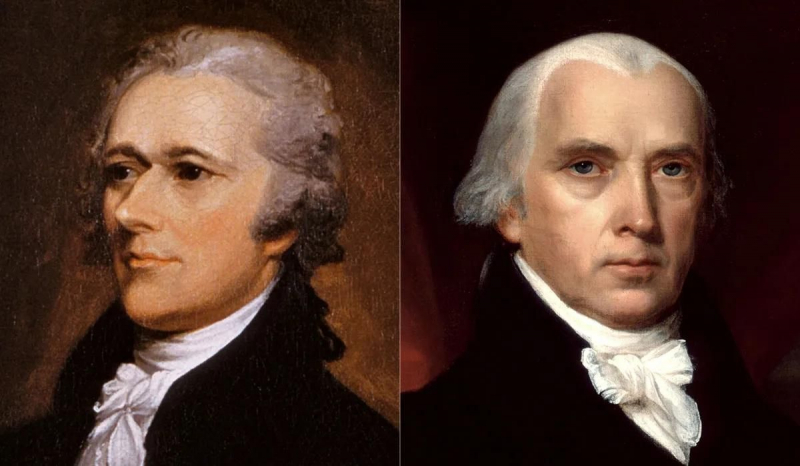
Alexander Hamilton (left) and John Adams (right) - Photo: https://www.gevshop.com/ 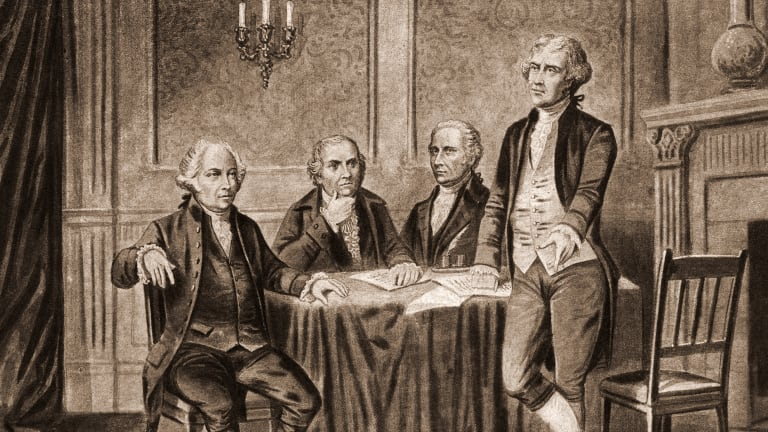
Photo: https://www.biography.com/ -
In a 1774 letter to her husband, she expressed her honest hope that there were no slaves in the province. Even though Abigail's father had been a slaver, she had always been adamantly opposed to the practice. Abigail said in March 1776, "I have often been ready to assume that the passion for liberty cannot be equally strong in the breasts of those who have been accustomed to deprive their fellow Creatures of theirs," in an attack on the blatant hypocrisy of slave-owning American rebels.
Adams thought that slavery was wrong and a danger to the experiment in American democracy. She questioned whether most Virginians had the "desire for Liberty" they claimed to have because they "deprive[d] their fellow Creatures" of freedom, according to a letter she wrote on March 31, 1776.
A significant occurrence in this regard occurred in Philadelphia in 1791 when a free black youngster asked her to teach him how to write. She then enrolled the youngster in a neighborhood evening school, despite opposition from a neighbor. Adams replied by saying he was "Is he to be denied training simply because he has a Black face, even though he is a Freeman just like the other young men? How will he be able to obtain employment? I didn't feel any embarrassment in taking him into my parlor to teach him how to read and write." The neighbor abruptly withdrew, and no additional concerns were voiced.
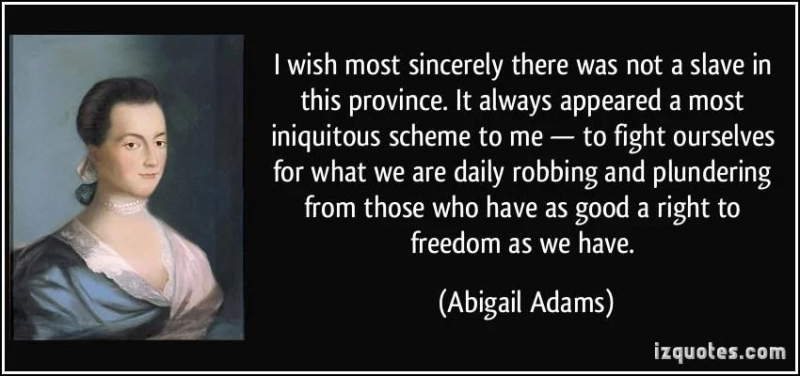
Photo: izquotes.com 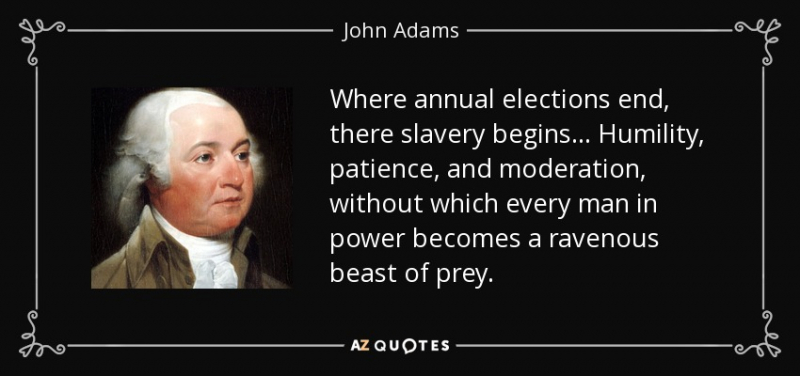
Photo: https://www.azquotes.com/ -
Like his predecessor, John Adams resided at the Philadelphia Presidential House for the majority of his term in office. It served as the seat of the executive branch of government until May 1800 and was situated at the junction of 6th and Market Streets.
Abigail coordinated the Adamses' relocation from Philadelphia to the newly built residential house in Washington, D.C., in November 1800, just as the election that barred John Adams from serving a second term as president was taking place. Her letters to her relatives expressed her disappointment at the building's shoddy workmanship and lack of furnishings. She bemoaned the fact that "not a chamber is finished of a whole." The structure had inadequate insulation. Abigail's emotions weren't particularly lifted by the awkward White House Christmas party. She was "distressed and humiliated since it was still chilly," as one witness put it. The visitors sat around and made an effort to appear at ease and hide their goosebumps, but they went early.
However, she cautioned her daughter against sharing her ideas since it would make her appear ungrateful. She continued a tradition started by the Washingtons and continued by each succeeding first lady until 1933 when she welcomed guests to the home, soon to be known as the White House, on New Year's Day 1801.
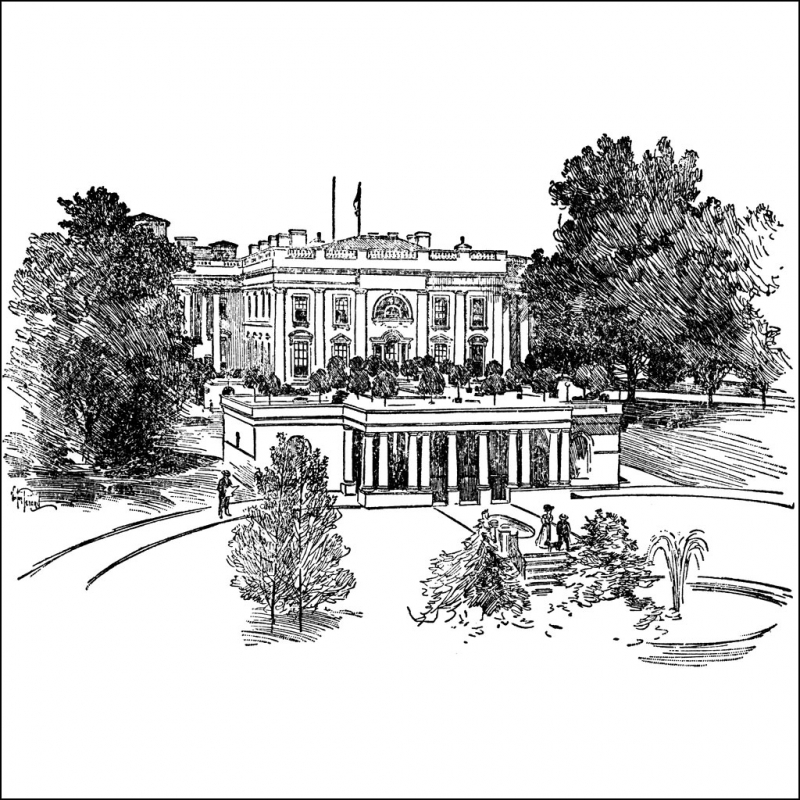
Photo: https://fcit.usf.edu/ 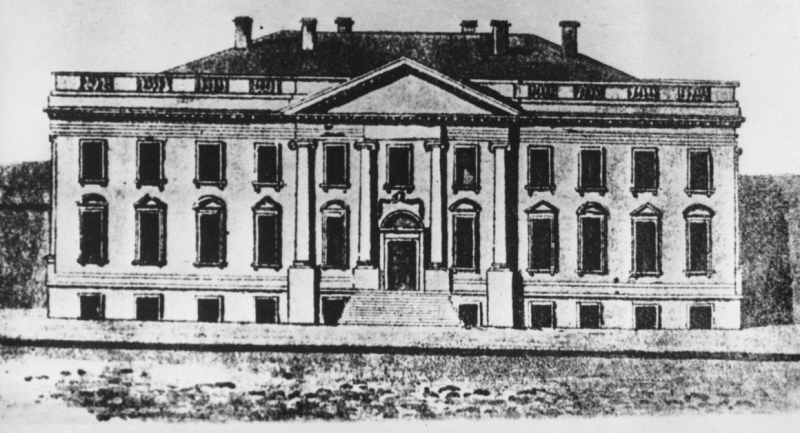
Photo: https://www.politico.com/ -
The United States Mint is permitted to issue half-ounce $10 gold coins and bronze medal duplicates in honor of the first spouses of the country under the First Spouse Program under the Presidential $1 Coin Program. On June 19, 2007, the Abigail Adams coin went on sale, and it quickly sold out, which is one of the most interesting facts about Abigail Adams.
The reverse, which was created by Artistic Infusion Program Master Designer Thomas Cleveland, has a young Abigail Adams sending a letter to her husband while he was a member of the Second Continental Congress. John Adams believed that his wife's political knowledge was on par with that of his professional colleagues, placing her advice above that of any other contemporaneous. Abigail asked her husband to "consider the ladies" in a letter when the new country was being established. The Cleveland design, created by U.S. Mint Medallic Sculptor Phebe Hemphill, includes this advice as an inscription.
The older Mrs. Adams is depicted in a portrait of serene strength on the obverse by Joseph Menna, who also painted the First Lady's features and attire in exquisite detail.
According to a report from Coin World in February 2009, several 2007 Abigail Adams medals were mistakenly struck utilizing the reverse of the 2008 Louisa Adams medal. The 2007 First Spouse medal set included these "mules," or components. The number of mules produced has not been estimated by the U.S. Mint.
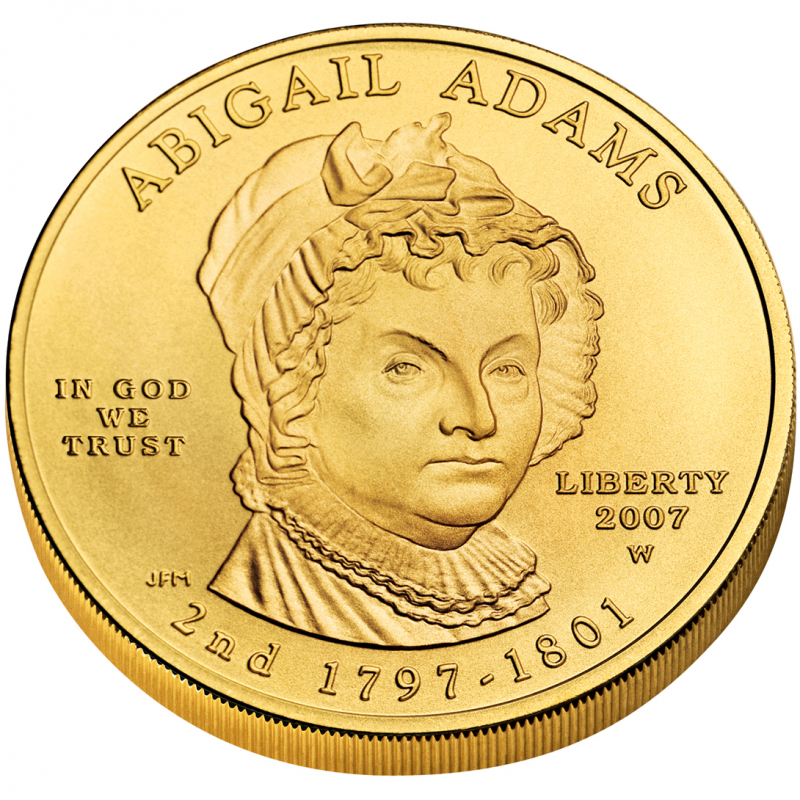
Photo: https://www.usmint.gov/ 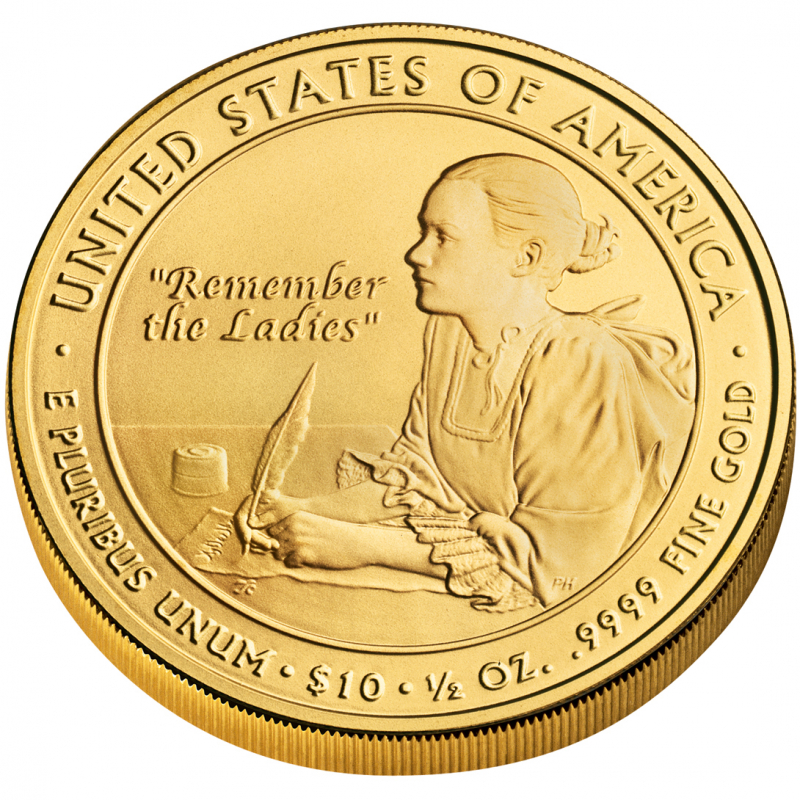
Photo: https://news.coinupdate.com/












